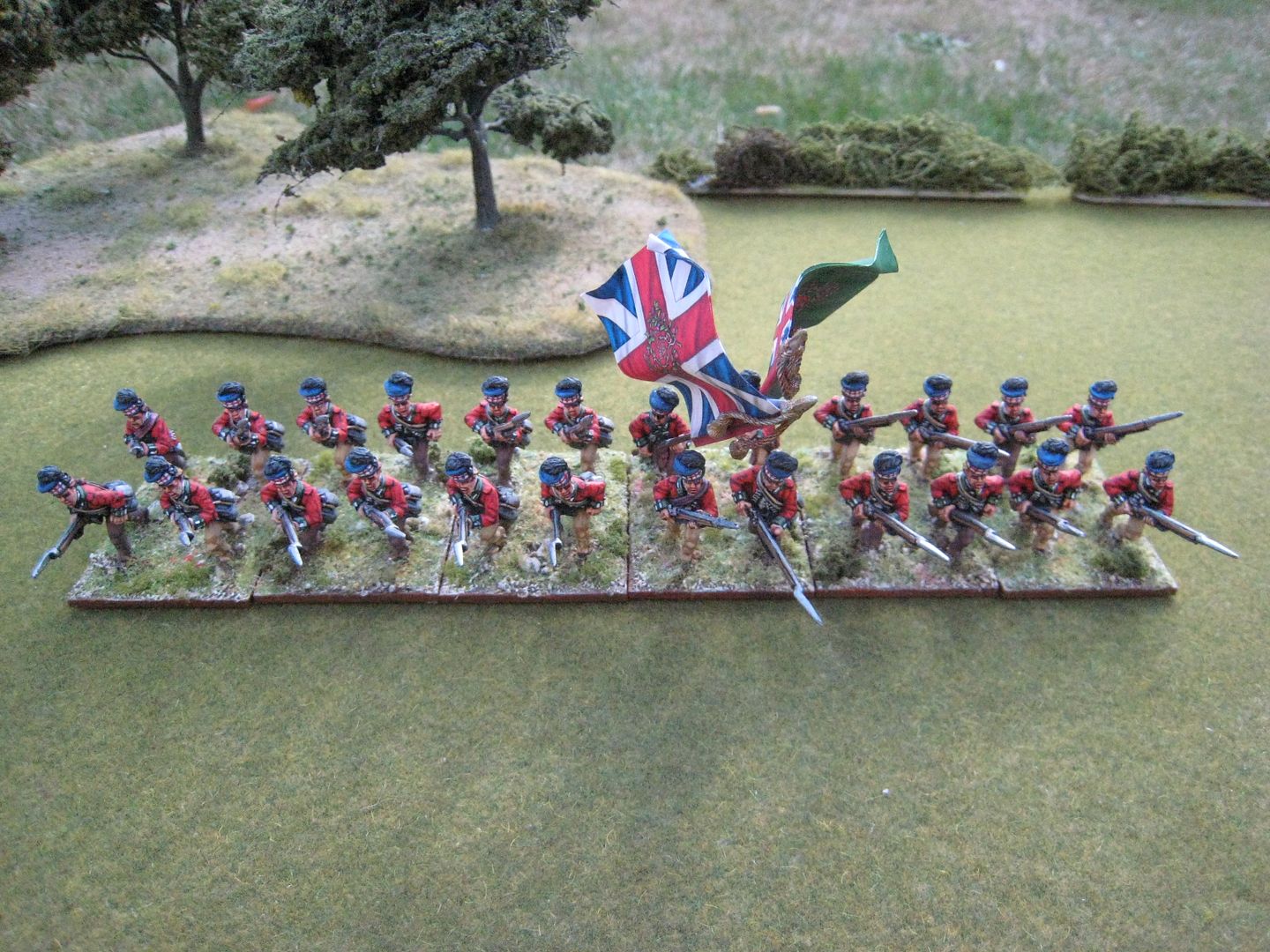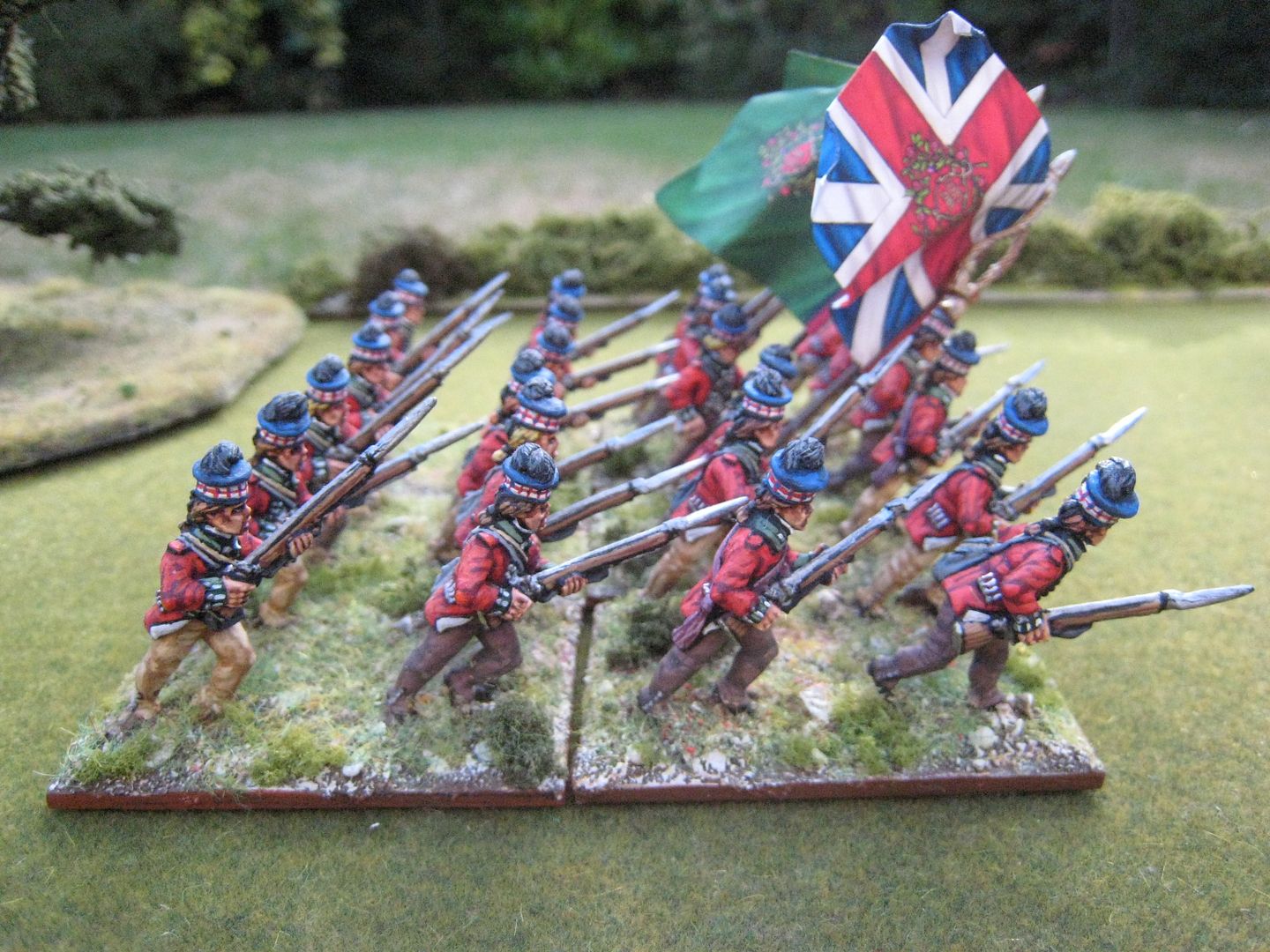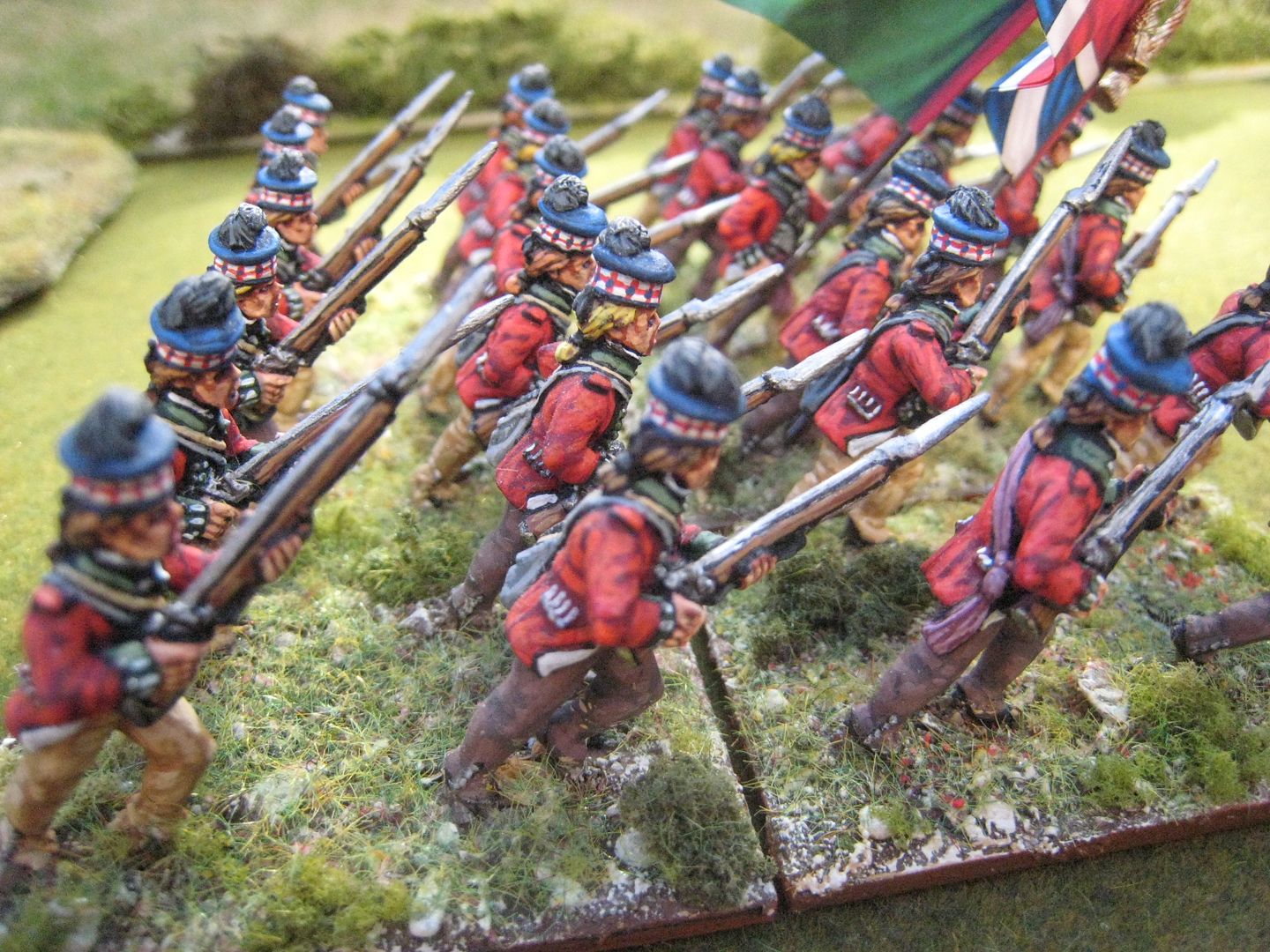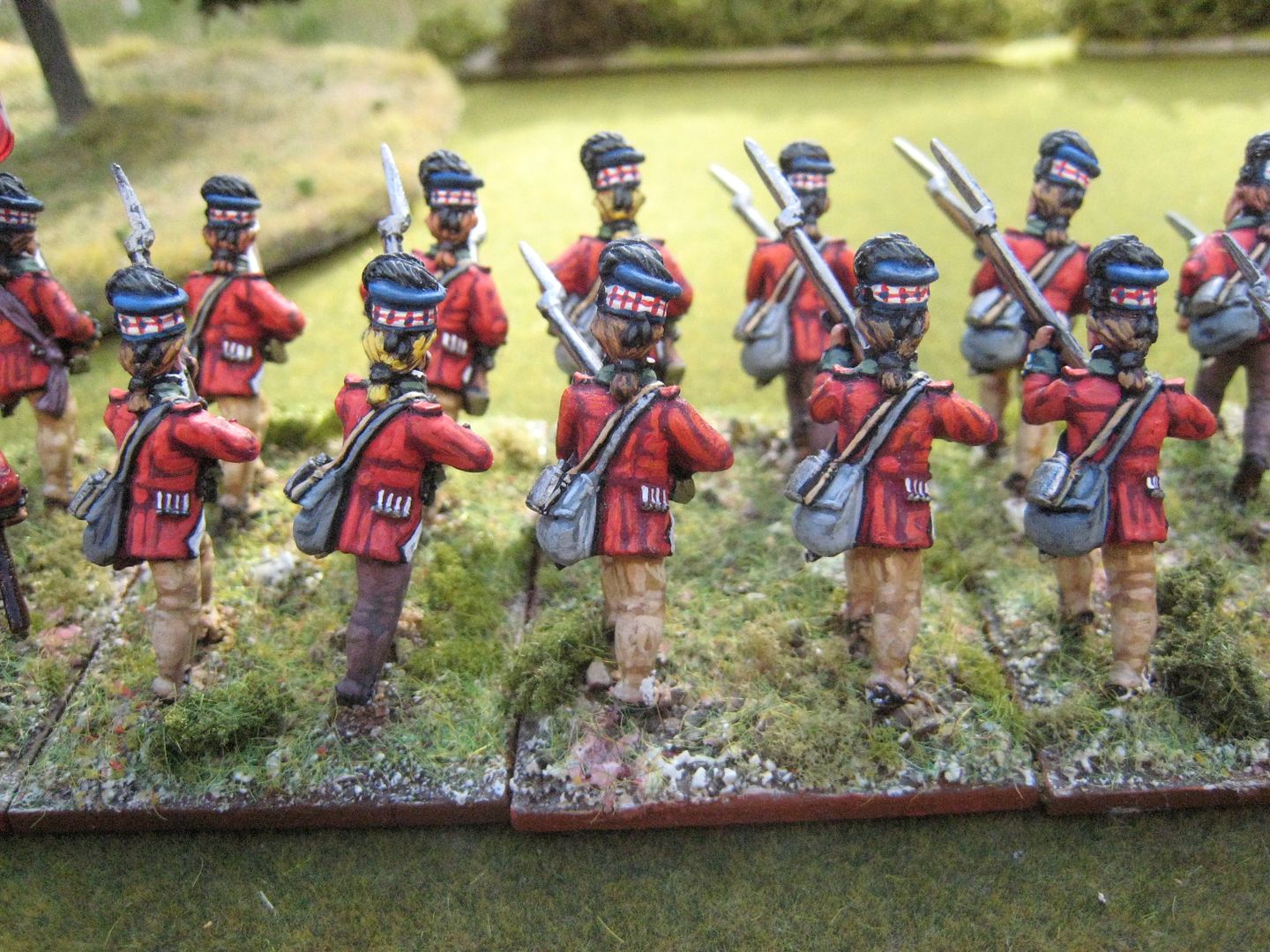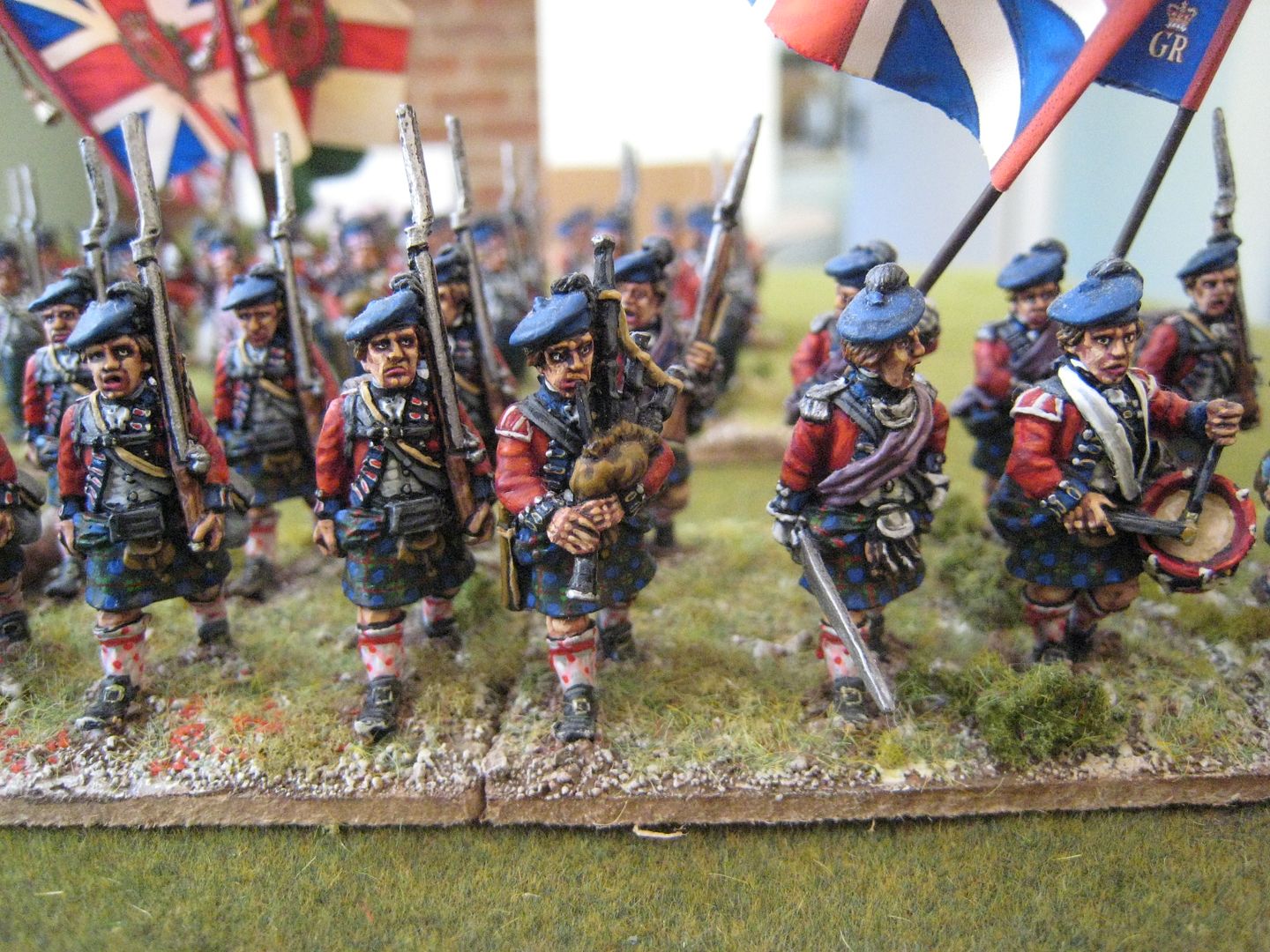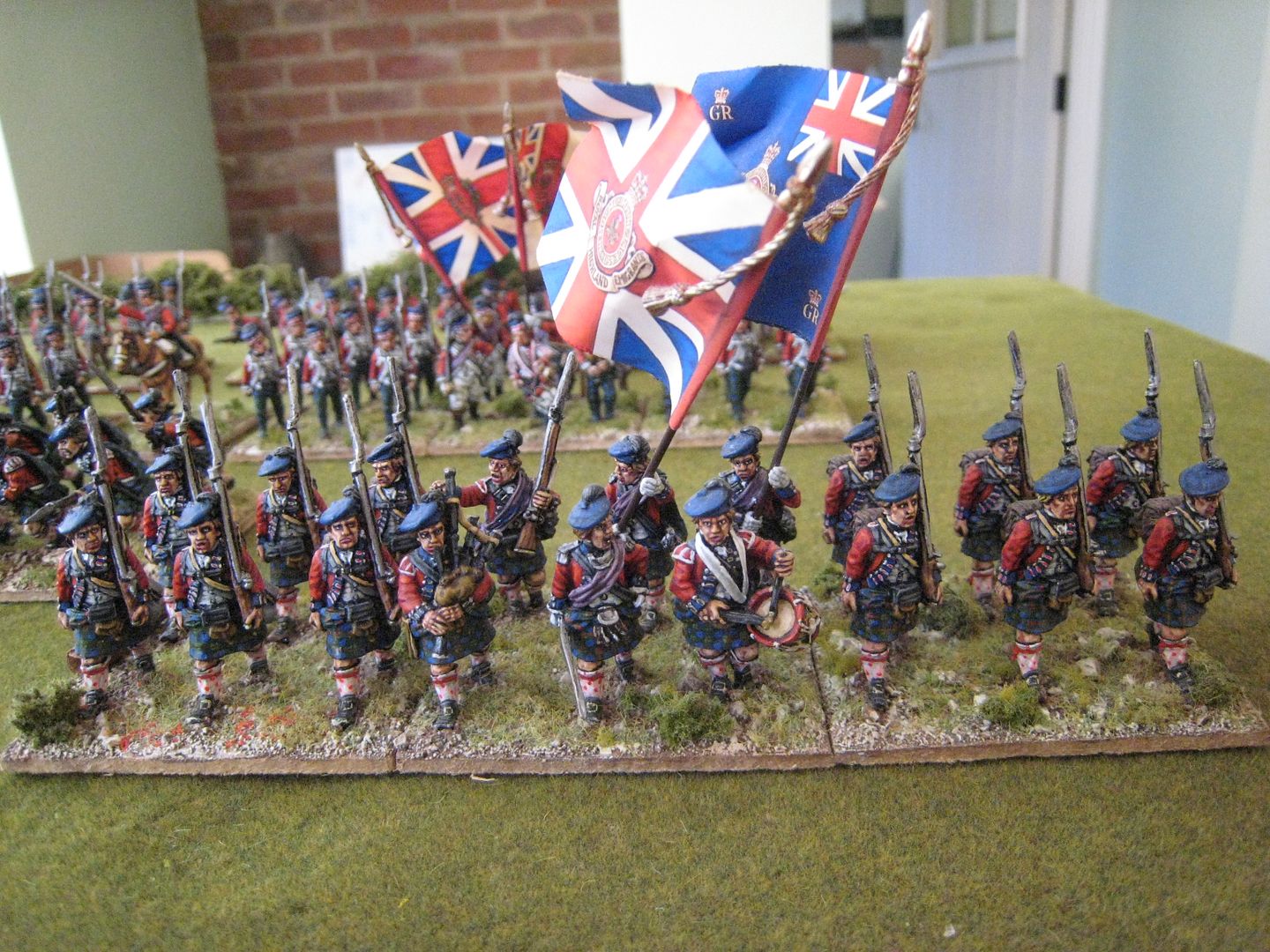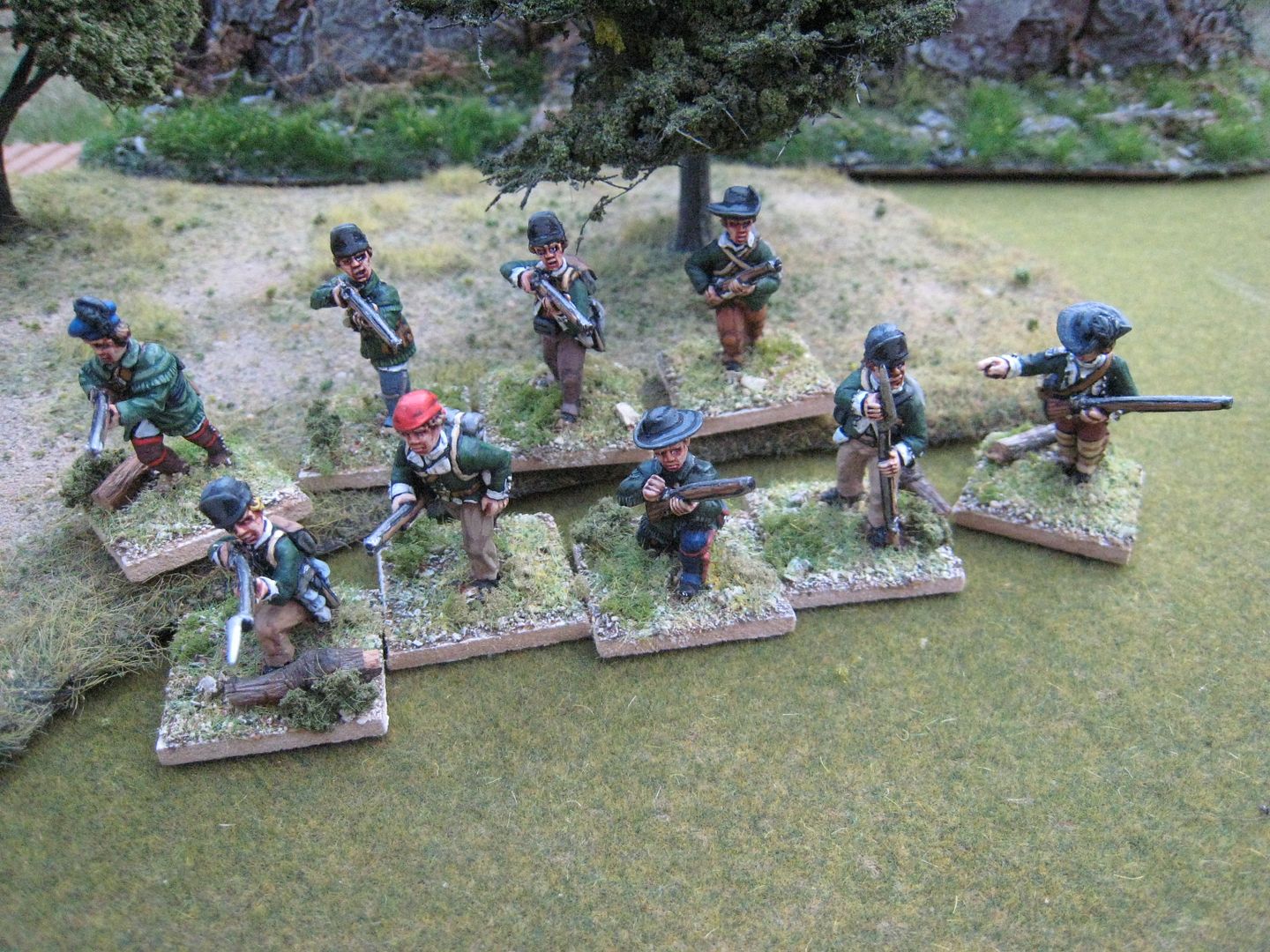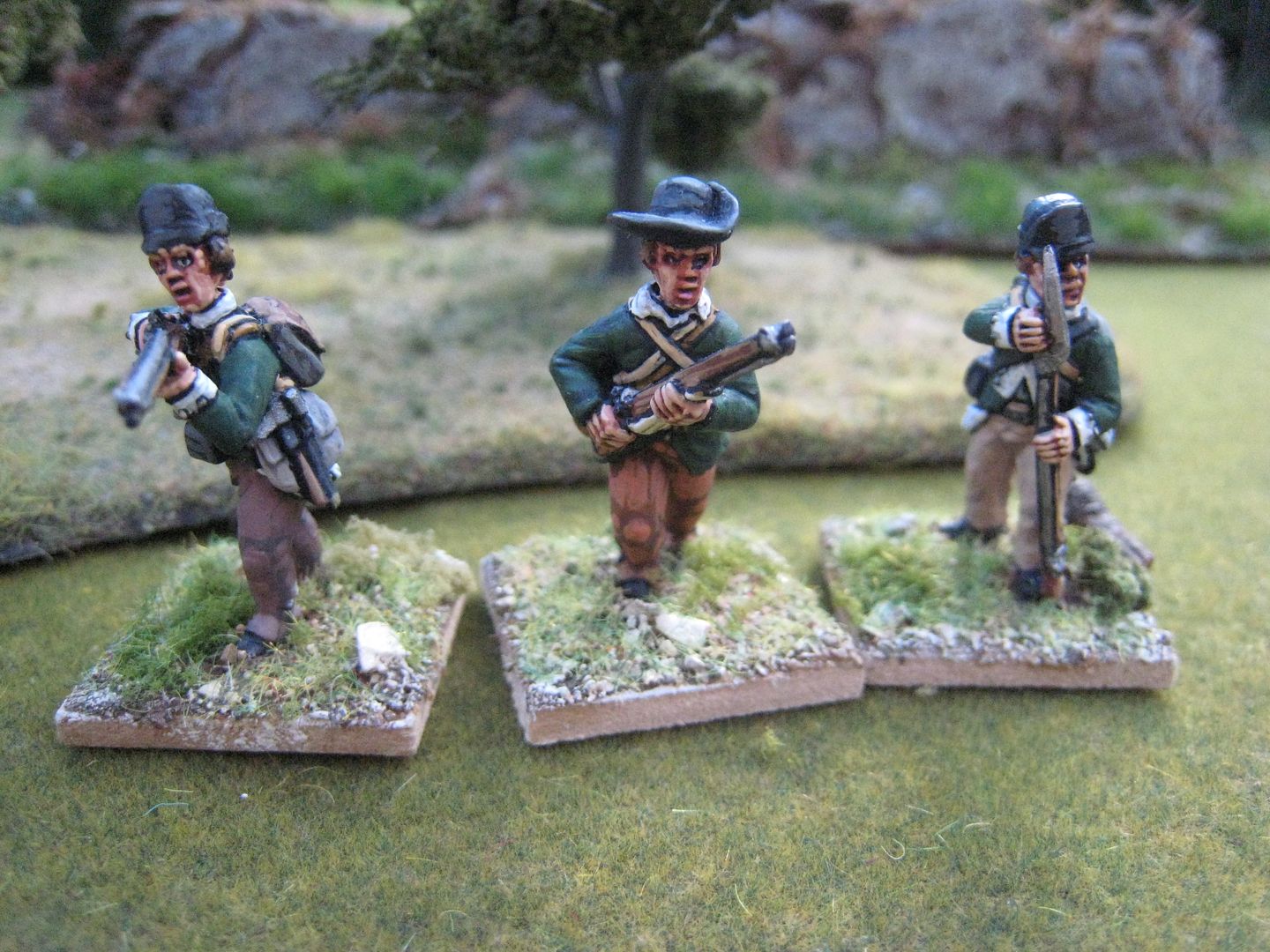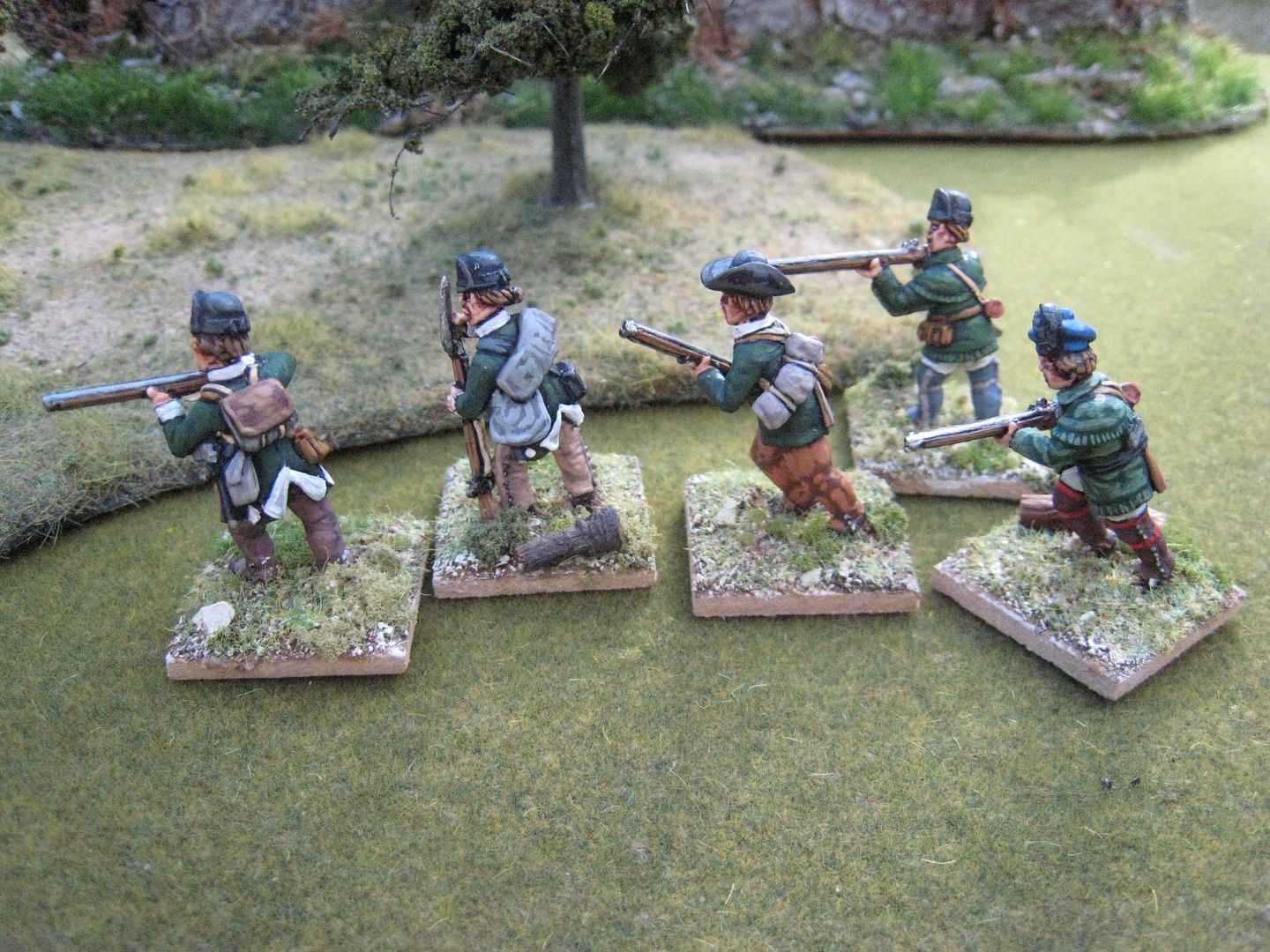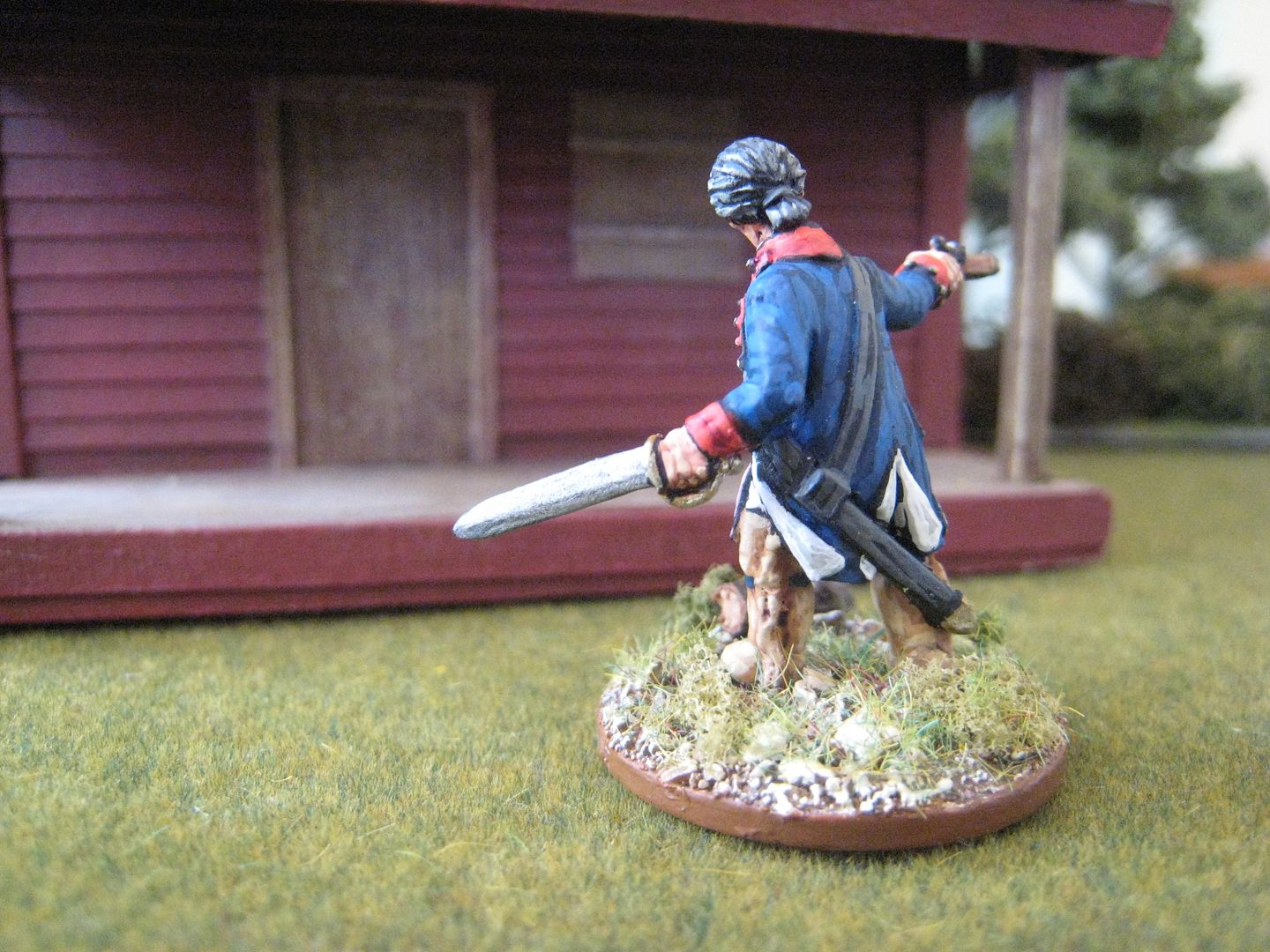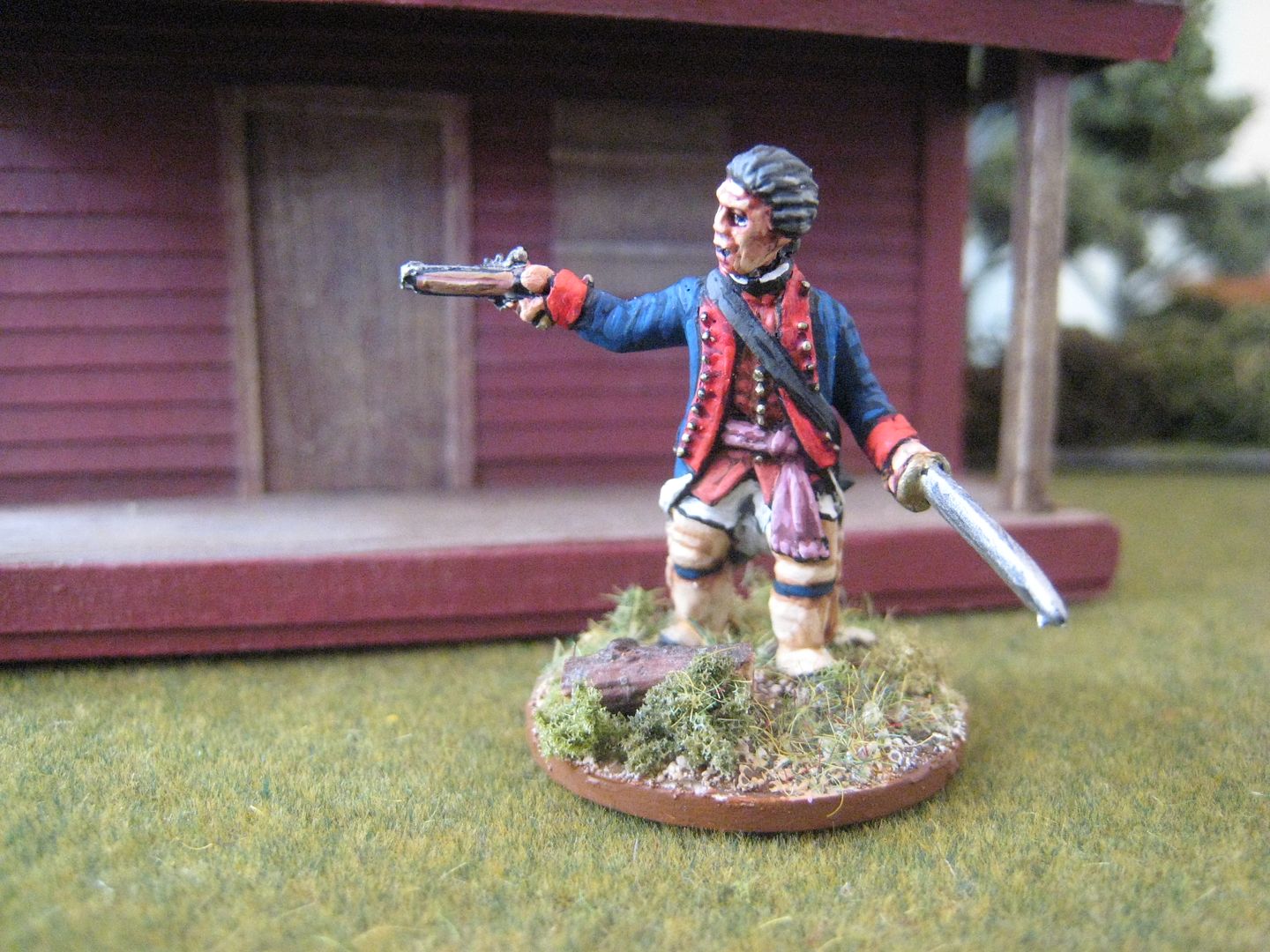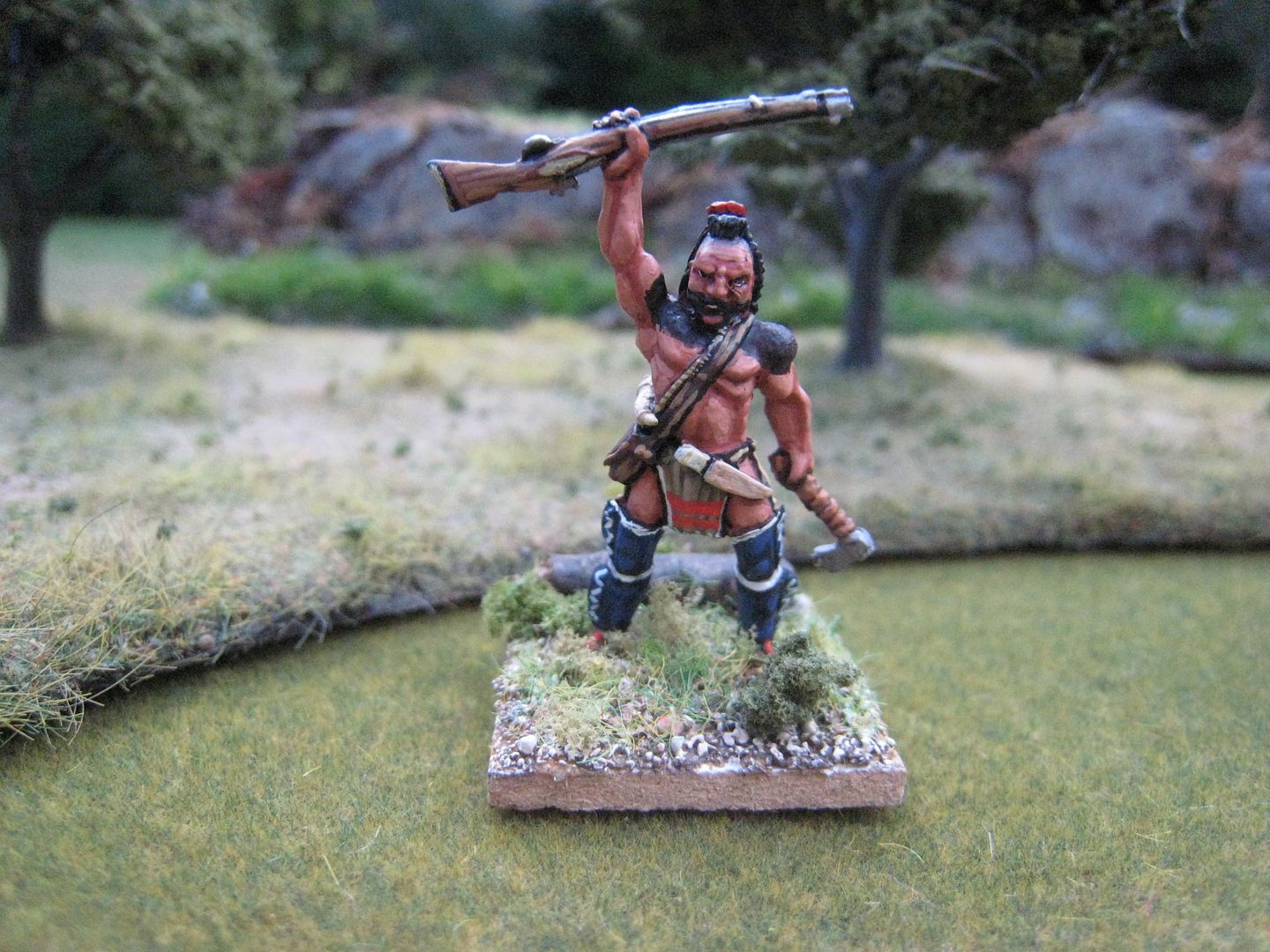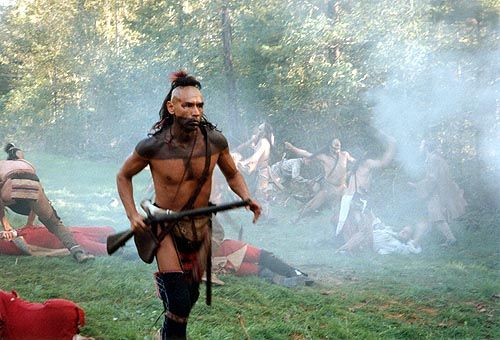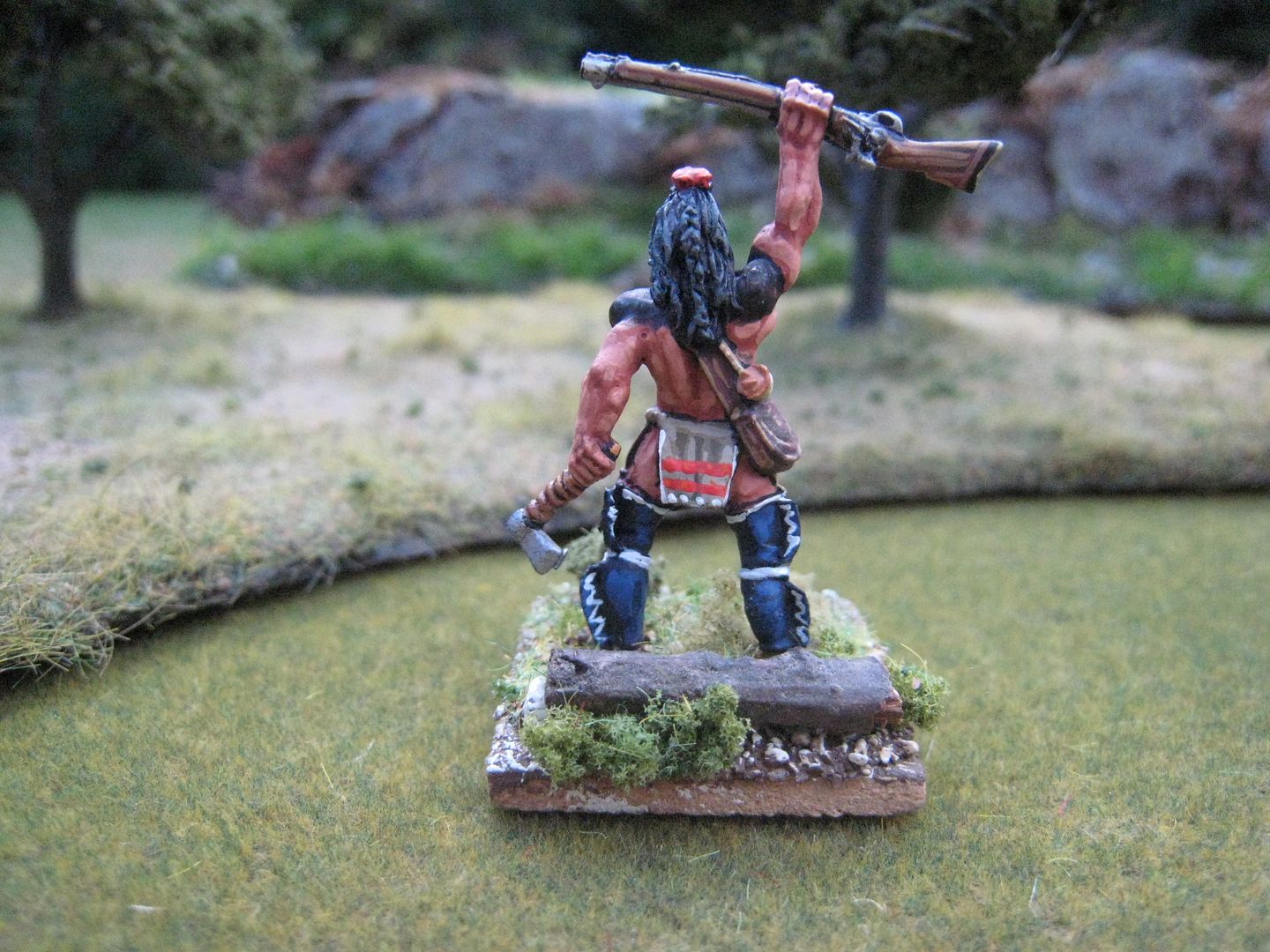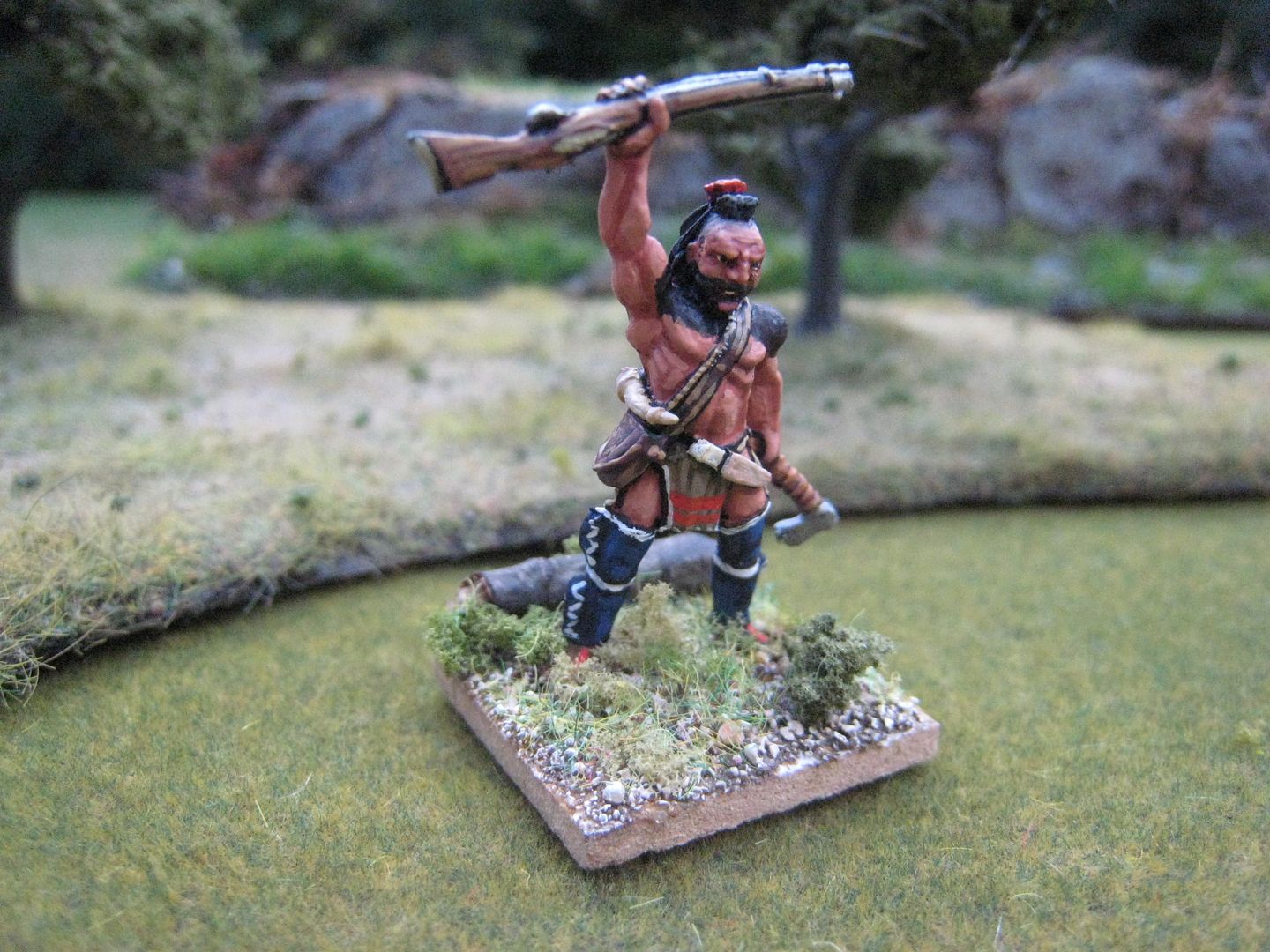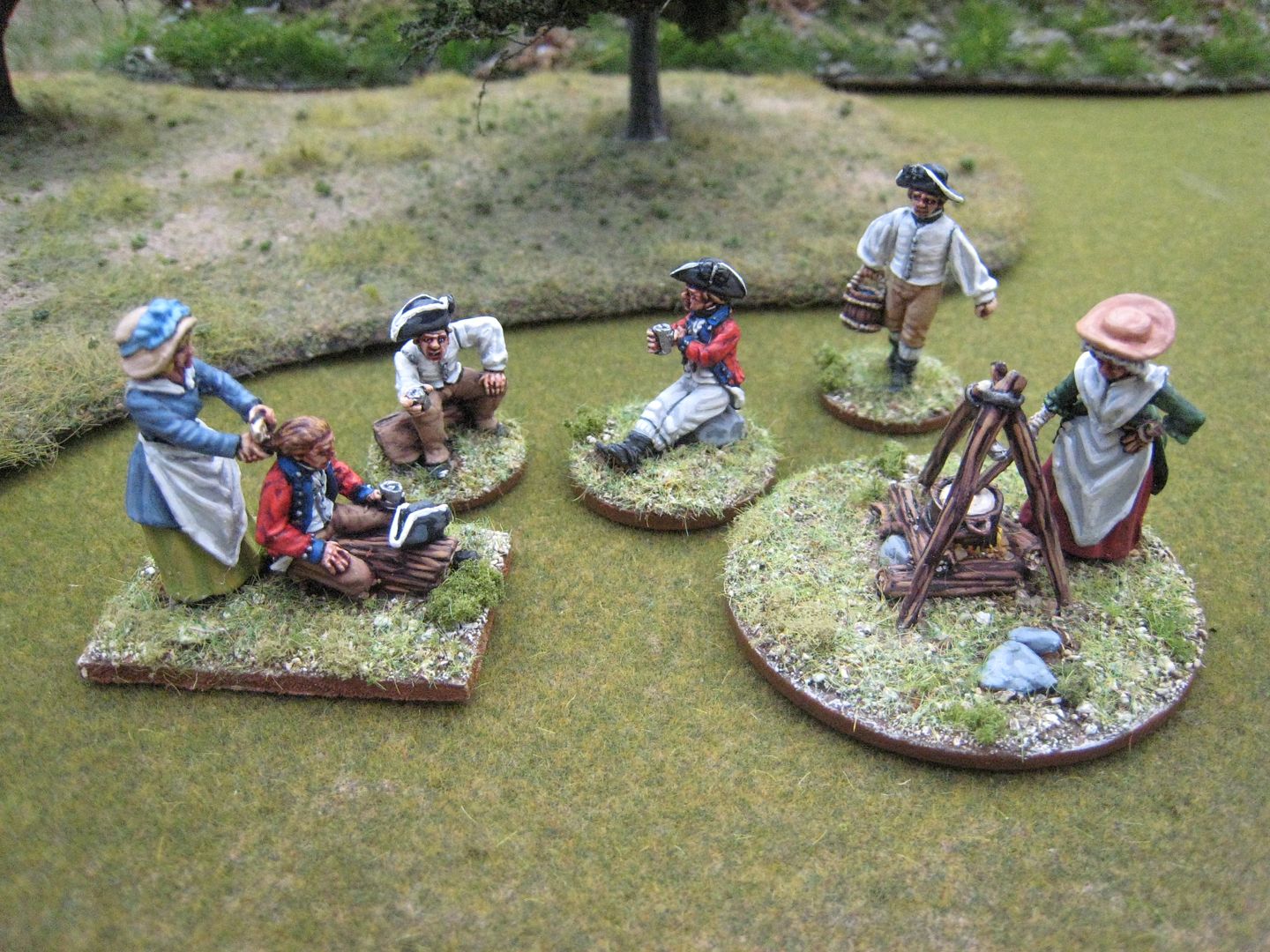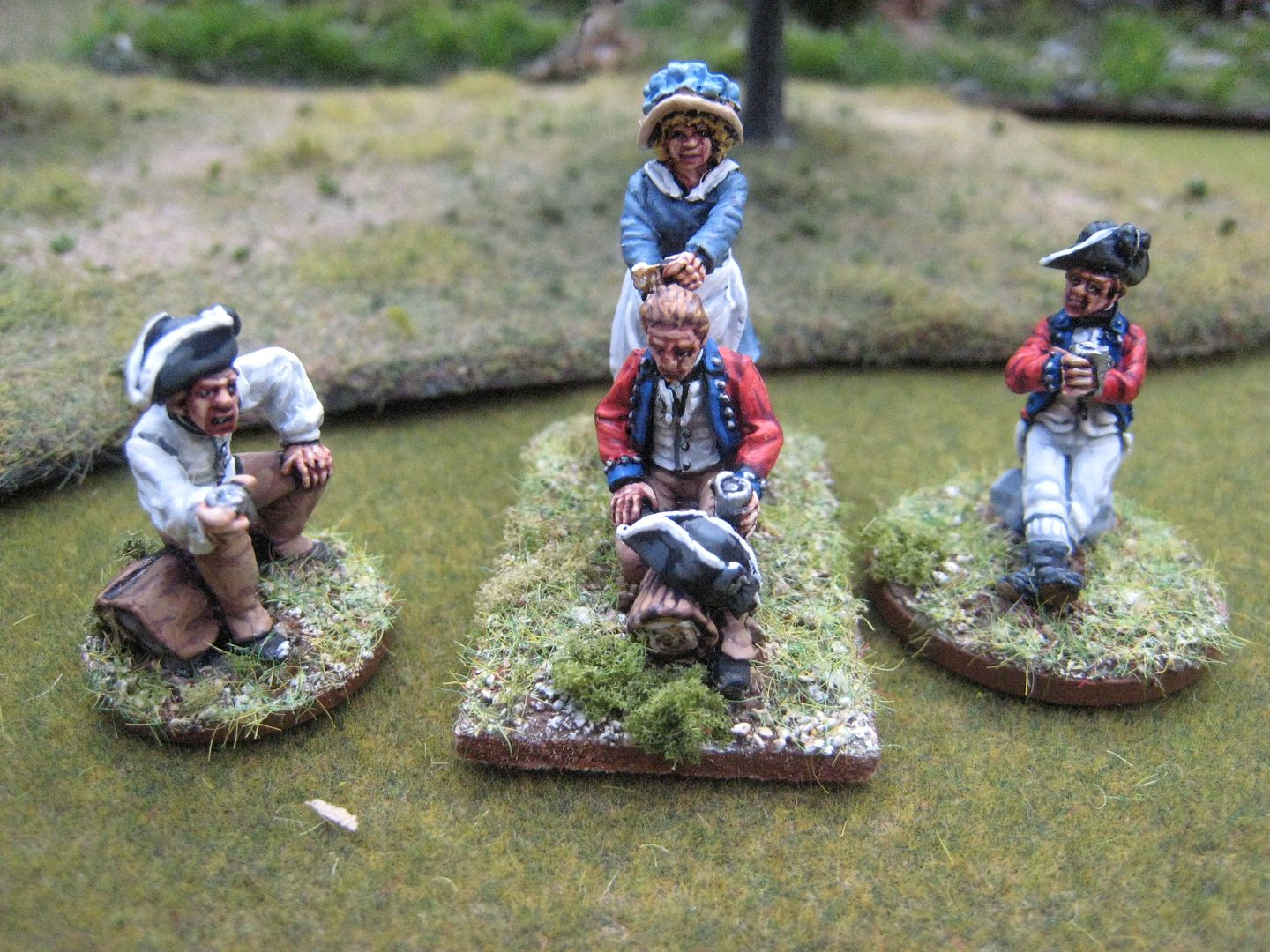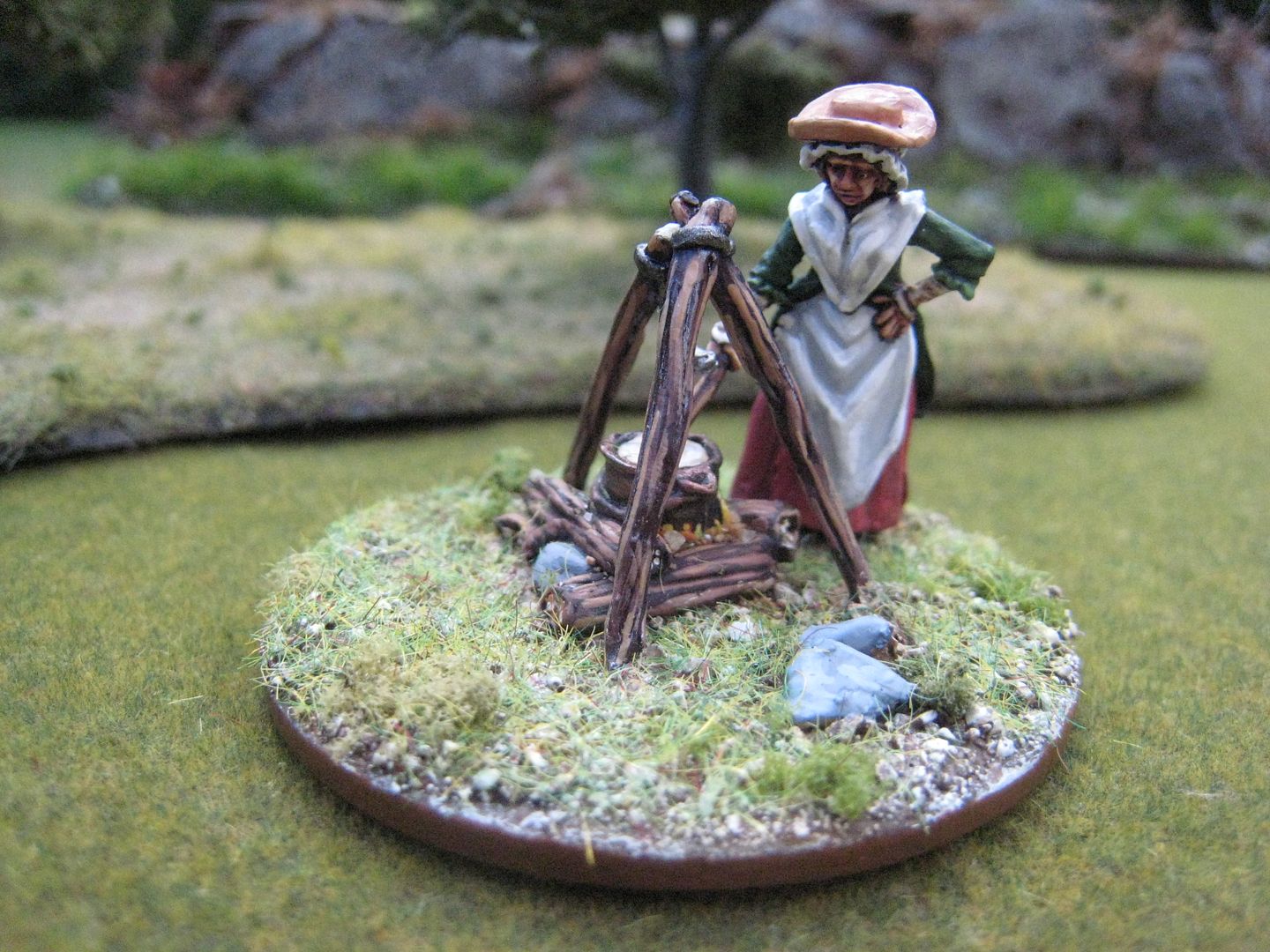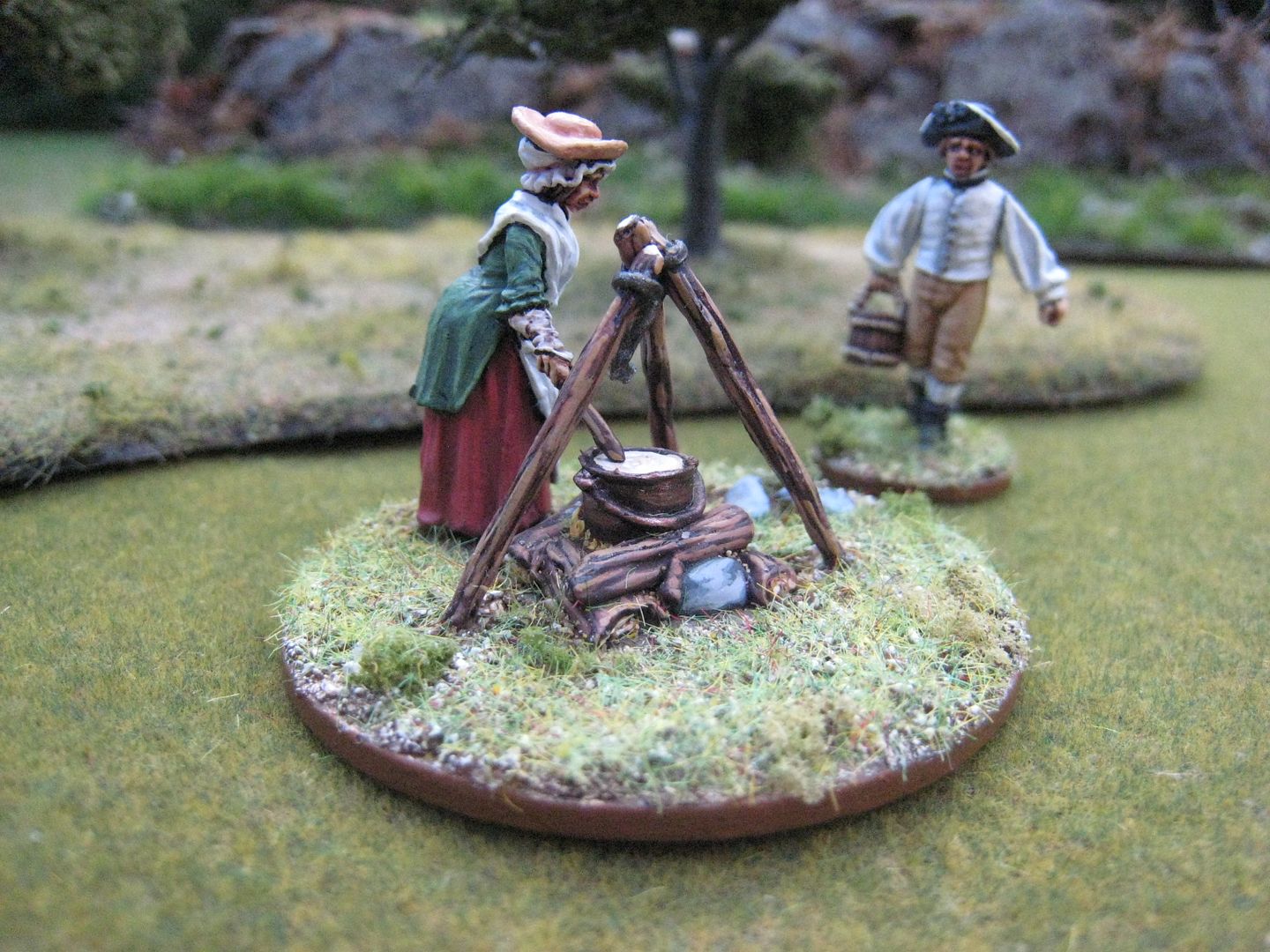John Butler (1728–1796) lived in the Mohawk Valley from his early teens and became highly proficient in the local Indian languages. This led to his employment as an officer in the Indian Department during the French & Indian War. After the war he became a substantial landowner and retained close links to the Indian Department. He also became a lieutenant-colonel in the Tryon County Militia (of which
Nicholas Herkimer was Brigadier-General) but when the AWI broke out he remained loyal to Britain and moved to Canada. He helped mobilise up-state New York's Indians to support the Saratoga campaign and Butler participated in the battle of Oriskany. He was then promoted lieutenant-colonel for a second time and given authority to raise his own regiment. This unit became known as Butler's Rangers and ultimately comprised ten companies of around 60 men each.
Butler's Rangers earned notoriety for their participation, along with their Indian allies, in the "Wyoming Valley Massacre" of July 1778, so named because of the alleged killing and torturing of Patriot prisoners and the subsequent destruction of much property, and then the "Cherry Valley Massacre" of December 1778 which saw the killing of civilians as well as militia. The violent actions in the Mohawk Valley of loyalist units like Butler's Rangers and the Iroquois who had sided with the Crown prompted the Sullivan Expedition of 1779. George Washington's orders to General John Sullivan demonstrate the ferocity of the fighting in the region:
"The Expedition you are appointed to command is to be directed against the hostile tribes of the Six Nations of Indians, with their associates and adherents. The immediate objects are the total destruction and devastation of their settlements, and the capture of as many prisoners of every age and sex as possible. It will be essential to ruin their crops now in the ground and prevent their planting more. I would recommend, that some post in the center of the Indian Country, should be occupied with all expedition, with a sufficient quantity of provisions whence parties should be detached to lay waste all the settlements around, with instructions to do it in the most effectual manner, that the country may not be merely overrun, but destroyed.
- But you will not by any means listen to any overture of peace before the total ruinment of their settlements is effected. Our future security will be in their inability to injure us and in the terror with which the severity of the chastisement they receive will inspire them."
The Sullivan Expedition made good progress in the achievement of those objectives, but failed to land a "killer blow". As a consequence, Iroquois raids continued, but the Indians were a much depleted, and dispersed, force. The largest battle of the Expedition was at Newtown on 29 August 1779. The Indians and Loyalists, a force which included Butler's Rangers, positioned themselves in earthworks, but Sullivan's clever flanking attacks, vigorous fighting by the
2nd and
3rd New Hampshire Regiments and the Americans' artillery won the day. The regiment disbanded in June 1784 and its soldiers appear to have settled in Ontario. A few years later Butler formed his veterans into a local militia which, under the name of the Lincoln Militia, fought in the War of 1812. John Butler did not live to see that further conflict between the US and Great Britain. He died in 1796, a prominent political leader of Upper Canada. There's a much more detailed history of the regiment by Calvin Arnt
here.
I've designated these figures as "Butler's Rangers", but to be honest it's designed for use as generic Loyalist rangers in scenarios which call for such, like Oriskany, the Saratoga battles and Savannah, to give just 3 examples. The figures are King's Mountain Miniatures' Continentals with a variety of heads. I wanted the unit to have a high degree of uniformity but still have the look of some modifications for the field. Both the McGregor/Mollo and Smith/Kiley uniform books show Butler's Rangers in dark green hunting shirts, so I made up a couple of figures in that dress. Otherwise, I've modelled these figures according to this
online article by Calvin Arnt. Most portrayals show the Rangers in dark green coats with red facings, and leather caps with a brass front. Arnt argues that the facings were most likely to have been white, not red. I'll not explain his reasoning here - the article in the link does so at length. As for headgear, Arnt doesn't like "jockey caps" and argues that the Rangers probably wore slouch/round hats and perhaps tricornes for the NCOs and officers. I decided, however, that I wanted to have a couple of figures in caps and so I used a variety of KMM heads. The caps here are KMM 10 but with the peak cut/shaved off. I didn't use brass-fronted caps because I've always been a bit suspicious of whether people who spent a lot of time sneaking around would wear something that would catch the sunlight. No doubt others object to Arnt's conclusions by I would emphasise that these are intended more for use as generic Loyalists (the "British Grenadier!" scenario for Oriskany, for example, requires 6 "rangers" in Butler's brigade - that unit can't be "Butler's Rangers" as the regiment didn't exist until later; but I'll use these figures). The two figures in hunting shirts could also be used as Patriots.
9 figures. Painted September 2016.
